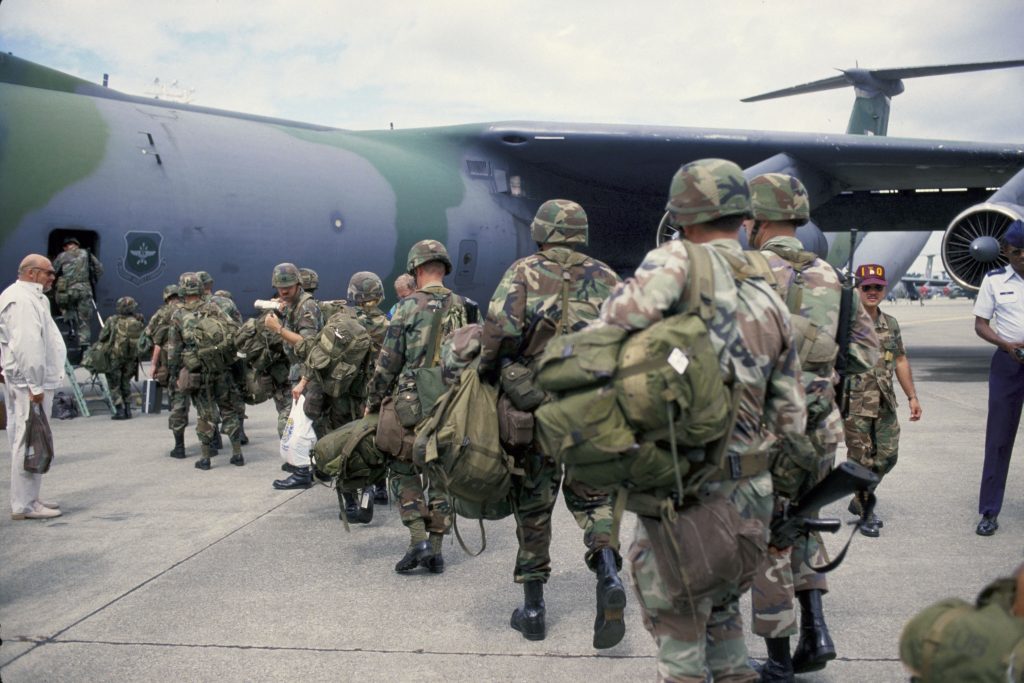
From Anne Applebaum, the Washington Post: When the International Security Assistance Force leaves Afghanistan in 2014 or thereabouts – as last weekend’s NATO summit has agreed – NATO’s soldiers can return home having proved, if nothing else, that the Western military alliance still exists. …
NATO didn’t fail, in other words, but neither did it shine. To save the alliance’s honor – and possibly to save the alliance – its soldiers should therefore come home, unpack their duffel bags and start planning their next mission: the defense of democracy in Europe.
This, of course, is what NATO was set up to do. But while NATO has enlarged itself seven times since its creation in 1949, most recently in 2009, the placement of NATO forces and institutions has hardly changed in two decades. The alliance now has 28 members, including almost all of the states that used to be the Warsaw Pact, but the three joint forces commands are all still in the south and the west of the continent, in Portugal, southern Italy and the Netherlands. American forces are dispersed in odd ways as well. More than 50,000 U.S. troops are based in Germany – a country now surrounded on all sides by NATO allies – while Poland and Norway, countries with long, non-NATO borders, have 100 and 80, respectively. …
[T]he alliance has not held serious military exercises for more than a decade. Once upon a time, NATO conducted a major annual exercise called "Reforger" ("Return of Forces to Germany") designed to prove that the United States could still move troops quickly into Europe if necessary. The last, anemic version of that exercise was conducted in 1993.
In times past, such exercises were meant to scare Russia. Now they should be renewed, not to scare Russia but rather to ensure that NATO’s military establishments remain integrated, that American generals get to know their European counterparts and vice versa – and so that NATO’s members and neighbors continue to believe that the alliance is real. The alliance’s strength lies in its ability to project the image (and to maintain the reality) of strength, confidence and integration. Exercises, in reality and in cyberspace, can help achieve this. I can even imagine Russia being included, at some date. Who knows? One day we may find ourselves helping Russia defend its borders against China, so we might as well start practicing. It looks as though Russia has tentatively agreed to join in a missile defense pact, whatever that means. (photo: NATO)
Image: nato%2011%2023%2010%20NATO%20Reforger.jpg

